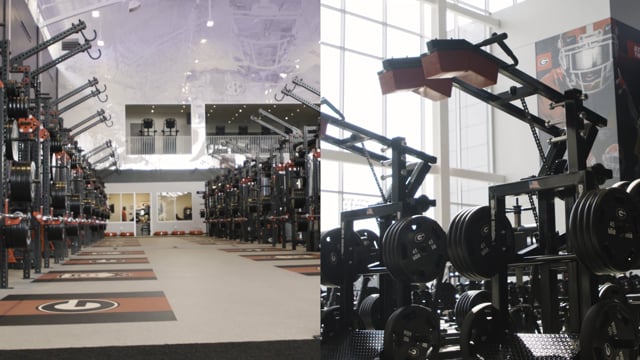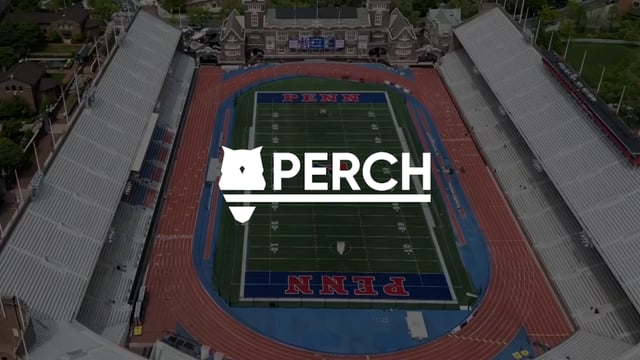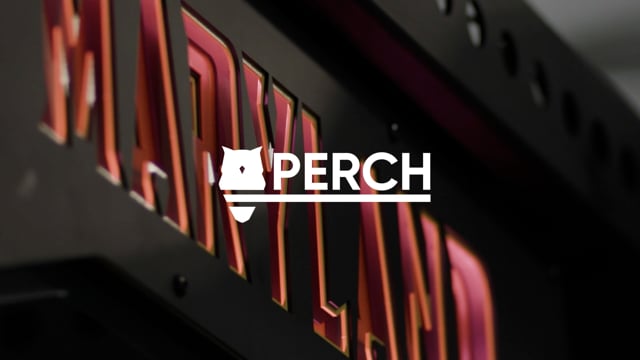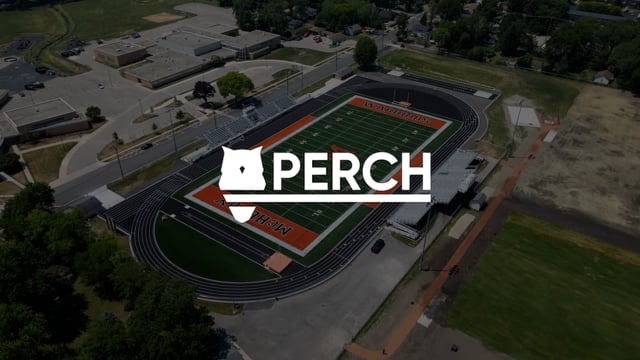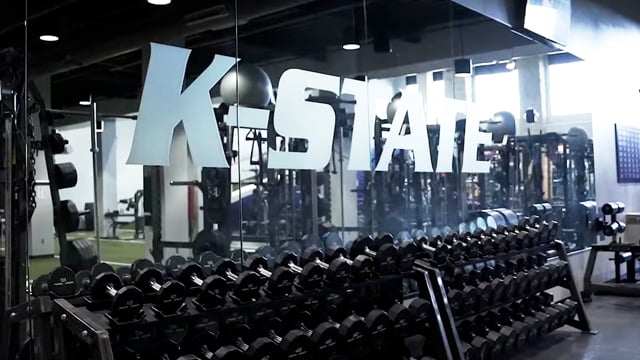Using Technology to Educate in Offseason Training with Jen Jones
Coach Jen Jones talks about how she uses technology to help educate and develop her athletes in the offseason and the methodology behind that development process.
See Summary
Webinar Summary: Maximizing Sports Performance with Velocity-Based Training (VBT) at Auburn University
Auburn University's Assistant AD of Women’s Basketball Sports Performance, Jen Jones, shared her expertise on integrating Perch VBT technology into off-season training programs. With over 25 years of experience in strength and conditioning for women’s basketball, Jones highlighted how adopting real-time data feedback enhanced athlete performance, team culture, and education.
Background & Early VBT Experience
Jones first encountered VBT at Texas A&M, though initial challenges included insufficient equipment for comprehensive team tracking. Over time, as technology advanced and resources improved at Auburn, she fully embraced VBT, particularly with Perch’s camera-based system.
Key Goals for Off-Season Training
The program focused on:
- Increasing performance strength (e.g., higher jumps, faster speeds)
- Leveraging data-driven athlete development
- Creating a competitive culture within the weight room
Jones emphasized the importance of moving beyond traditional one-rep max (1RM) assessments to instead monitor velocity zones, which allowed athletes to improve explosiveness and real-game skills without lifting maximum loads.
Implementation Highlights
- Progressive Overload & Periodization: Training cycles featured dynamic and max-effort days using box squats, chain squats, and cleans, with data tracked through Perch.
- Competitive Leaderboards: Displaying velocity-based rankings on TV screens fostered internal competition. Athletes, motivated to outperform their peers, consistently gave 100% effort.
- Educational Impact: Real-time feedback enabled athletes to understand and apply intent in each lift. Jones utilized this feedback for both performance improvement and athlete recovery awareness, emphasizing data-driven decisions around rest and recovery routines.
- Individualized Training Adjustments: Athletes with limited weightlifting experience benefitted from adaptive load adjustments during sessions. For example, a 6’5” athlete with previous knee pain saw substantial gains in both strength and confidence through consistent tracking and progressive increases.
Key Performance Metrics
Metrics included:
- Countermovement jump (CMJ) velocity for weekly readiness checks
- Force-velocity and power-load curves to assess training effectiveness
- Mid-thigh isometric pulls for baseline strength comparisons
The combination of Perch dashboard analytics and secondary tools like force plates allowed Jones to validate her programming decisions and tailor training to athlete-specific needs.
Results and Reflections
The program achieved:
- Increased strength metrics across all key lifts
- Improved athlete understanding of velocity-strength relationships
- Full team buy-in, as athletes recognized how training directly enhanced on-court performance
Future Directions
Jones expressed plans to further streamline programming through Perch's workout planning features. Though she currently integrates software like BridgeAthletic, the success of pre-set VBT programs within Perch points to full adoption in the near future.
This webinar exemplified how sports technology like Perch can revolutionize performance training by providing real-time, actionable insights. For strength coaches, it demonstrated the potential of VBT to not only increase athlete output but also enhance team culture and long-term development.
Related Webinars

Start Gathering Data With Perch Today!
Reach out to us to speak with a representative and get started using Perch in your facility.

